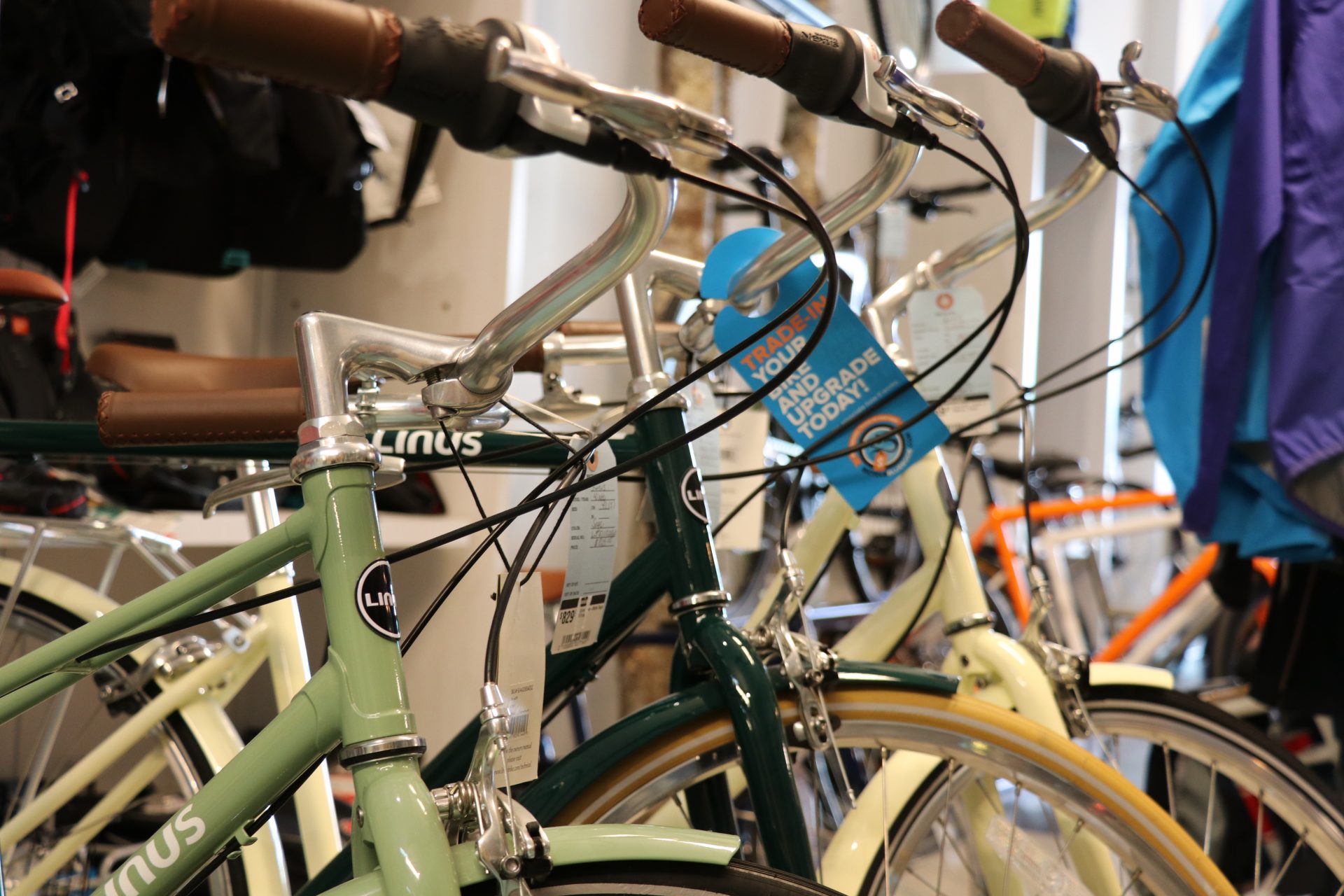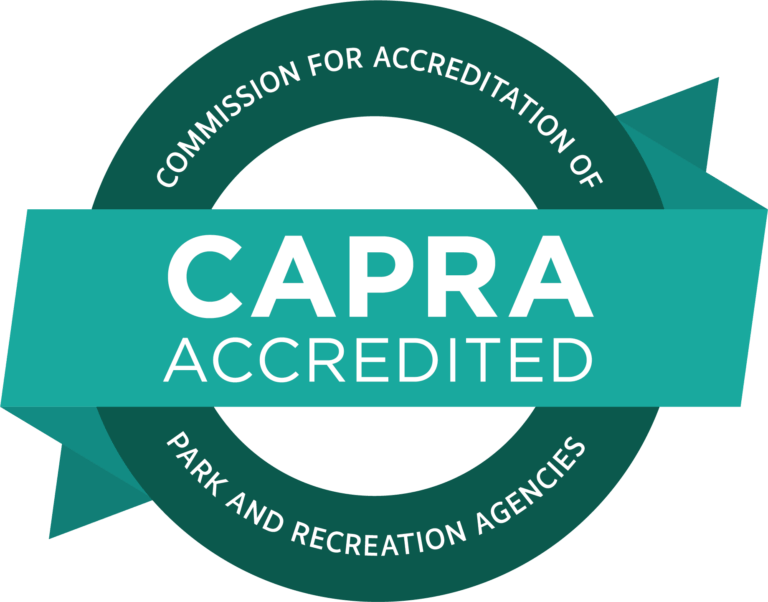
Drop bars. Flat bars. Drivetrain. Tire lever—in case you hadn’t guessed it, these are bicycling terms, and they’re the kinds of things Steve Ambruzs, owner of Downshift Bikes and Brews, and his team discuss with customers who’re interested in buying a bike. Lately, I’ve been considering buying a bike, but the more I looked, the more I realized that something that seemed so simple was actually a little intimidating. What kind of bike do I need? Can I ride one bike for multiple purposes?
How do I learn the rules for riding on the roadways? That’s why I sat down with some experts to walk me through the process of getting into cycling.
Know What You Want out of Your Bike
The first question the staff asks is, “How do you see yourself riding this bike?” Ambruzs says that the best way to purchase the right bike is to be “honest with yourself about how you’re going to ride, where you’re going to ride, and how often you’re going to ride.” If you’re looking to primarily commute and your priority is getting from point A to point B as quickly as possible, an e-bike might be your best option. If your goal is recreation, a mountain bike or a greenway bike (depending on the recreation) might be better for you. If you want to take long bike rides along the Blue Ridge Parkway, a road bike is probably best. Ambruzs says that by making sure you have a bike that suits your needs, you’re creating the best possible experience for yourself.
You Can Get a Hybrid Bike (But It Might Not Be Best)
For the sake of budgeting, you might want to find some sort of hybrid bike that allows you to do some road riding while also testing out some mountain biking trails. “You don’t need two bikes for that, but if you enjoy both of those styles of riding, then you will enjoy two bikes to differentiate between the two sports,” Ambruzs answered. Again, it comes down to what you want. Bikes are built differently to accommodate a certain style of riding; if they’re not used for their intended style, your experience might be diminished. “I don’t think that anybody in the industry will ever tell you that one bike will do everything, but can people do it? Absolutely.”

See Your Bike as an Investment
Kelsey Harrington, General Manager at Downshift, suggests saving for the bike you really want instead of settling. That might mean renting from a shop or using Zagster for a bit until you can save more money, but increasing your budget for a really good bike is worth it. “Most of us spend $1,000 on a new phone every two to three years. You could get a really nice bike for $1,000 that’ll last you 10 to 20 years,” Harrington said. It all goes back to that honest conversation in the beginning—know what you want out of the bike, and budget appropriately for the right one for you. Ambruzs mentioned that many people buy a bike thinking they just want to ride the greenways just to come back a few months later wanting to upgrade. “We would hate to have somebody come out sort of feeling buyer’s remorse. That’s not our goal,” says Ambruzs. His advice? “Don’t sell yourself short in terms of how much you’re probably going to be enjoying your bike.”
Get Comfortable Riding on the Roads
A real concern many face is riding on the roadways. While there are dedicated bike lanes in several places, distracted and aggressive driving are the realities of the road. How does one get more comfortable? Ambruzs says the best thing a new cyclist can do is “come to our group rides because we have an incredible community of beginner cyclists that ride as a group in the streets.” This is helpful for two reasons: first, the fear of being hit goes away when you’re in such a large group. Once that fear is gone, you can focus on learning the rules of the road and getting comfortable around vehicular traffic. The second reason is mechanical. If you get a flat or experience a drivetrain issue, you have experienced riders there to help you. Side note: PLAY Roanoke offers Bike Maintenance 101 courses that Harrington teaches to give you the skills to fix minor mechanical issues.
Other Bike Riding Essentials
Personal safety is most important when riding your bike. According to Ambruzs, “Number one is going to be a helmet. Absolutely wear your helmet at all times.” There are a ton of helmet options to choose from, so he suggests finding one that is comfortable, fits well, and that you want to wear. Number two is some sort of light for at least the back of your bike. You don’t want to be caught in inclement weather or after dark without some sort of blinking light. The next thing would be a basic toolkit—an extra tube, a patch kit, either a CO2 cartridge or pump, a tire lever—and the knowledge to use those tools.
So there it is! The process has been demystified, and I now feel confident in what I want and need in a bike. If you were in the same boat as I was, aimlessly wondering the seas of bicycles, I hope this helps you navigate your way to a bike that works for you and provides enjoyment. Remember what Ambruzs said: don’t underestimate how much you’re going to love cycling!
